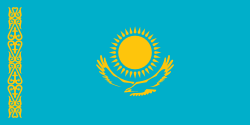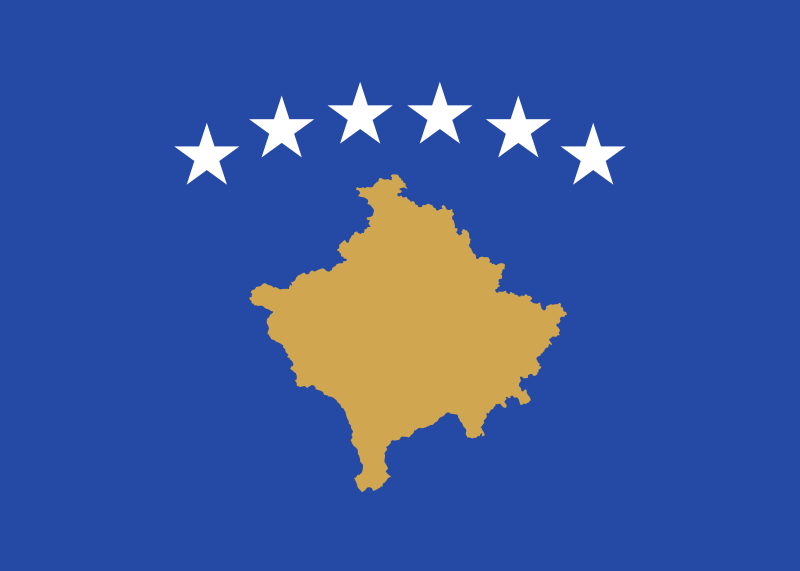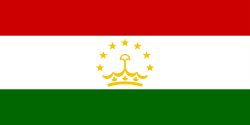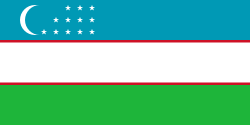General Information
Population
Immigration
Emigration
Working-age population
Unemployment rate
GDP
Refugees and IDPs
Citizenship
Territory
Migration Authorities
Responsible Body
Line Ministries
The Federal Department of Foreign Affairs (FDFA)
The Federal Department of Home Affairs (FDHA)
The Federal Department of Economic Affairs, Education and Research (EAER)
Agencies
The Federal Commission on Migration (extra-parliamentary commission advising the Federal Council and the public administration on questions of migration)
Swiss Agency for Development and Cooperation
FDJP - State Secretariat for Migration
FDJP - Federal Office of Police
FDJP - Federal Office of Justice
EAER - State Secretariat for Economic Affairs
FDHA - Federal Statistical Office
Key Policy Documents
International Cooperation Strategy 2021–24
Strategy for Integrated Border Management 2027
Federal Act on Foreigners and on Integration of 16 December 2005 on Foreign Nationals (Status as of January 2019)
Asylum Act of 26 June 1998 (Status as of 1 March 2019)
Federal Act on Swiss Citizenship of 20 June 2014 (Status as of 9 July 2019)
Description
Switzerland is an immigration country, with a Gallup Potential Net Migration Index of 187%. In 2021, the migration balance stood at 51.000, with 165.600 persons immigrating to Switzerland (87% of them foreigners and 13% Swiss nationals) and 114.600 persons leaving the country (75% foreigners and 25% Swiss nationals).
In 2020, Swiss emigrants mostly moved to European countries, notably France, Germany, Italy, Spain and the UK. Other popular destinations include the United States, Thailand and Canada. However, certain destinations are more popular for certain age groups: retirees, for example, are more likely to move to Spain, Thailand, Turkey and Serbia. Based on a 2018 Internations Expat Insider Survey, 18% of Swiss emigrants move abroad for a better quality of life, 16% have been sent abroad by their employer, 14% emigrate for love, 13% move for work-related reasons, and another 13% for adventure. Travelling spouses and students are further categories that make up for smaller shares among these expat types.
The Swiss immigration policy privileges immigration from EU and EFTA states (it introduced free movement of persons from the EU in 2002) and restricts immigration from third countries to highly qualified persons. In 2021, the foreign resident population totalled 2.190.293 and the main countries of origin were Italy (331.379), Germany (313.702), Portugal (258.943), France (151.551) and Kosovo (115.575). Nearly half of permanent foreign residents come to Switzerland for economic reasons, a quarter resides on family reunification grounds and another 11% come for training. Asylum, hardship cases following asylum processes, residence without the pursuit of economic activity, and other reasons represent around 3% each. Labour migrants work mainly in the service sector (79%), in industries such as building and crafts (18%), and 3% in agriculture.
In 2021, Switzerland hosted almost 40.000 refugees and received 14.928 asylum applications, constituting an increase of 35.2% as compared to the previous year. Since 2016, Switzerland has been increasingly becoming a transit country on the route to Germany and France. Afghan nationals submitted most asylum applications (3.079) resulting from secondary movements from the Balkans, Greece and Turkey. Other important countries of origin among asylum seekers include Turkey, with 2.330 applications and a steep increase of 94% as compared to 2020, Eritrea, Syria, Algeria and Sri Lanka. Iraqi nationals submitted close to 80% more asylum applications in 2021 than in 2020, however only 557 in absolute numbers. In addition to individual arrivals, 1.050 persons, mainly originating from Syria, Afghanistan and Sudan, have been resettled through a programme in 2021.
Since the Russian invasion of Ukraine and until 20 May 2022, 50.000 Ukrainians sought protection in Switzerland. Estimates count on additional 10.000 arrivals per month. Ukrainian nationals receive a permit S, which entitles holders to stay in Switzerland temporarily. Cantons are facing challenges related to the reception and integration of the large number of persons fleeing the war, particularly in the areas of accommodation and schooling. A special evaluation group will identify challenges and questions related to the application of permit S on an ongoing basis.
According to a survey conducted on behalf of the Federal Office for Migration in 2005, up to 100.000 undocumented migrants have been residing in Switzerland at the time. In 2020, 10.785 third-country nationals were found to be illegally present in Switzerland and 2.420 have been ordered to leave. Moreover, 3.745 third-country nationals, representing a decade-highest number, were refused entry at the border. When it comes to trafficking in human beings, cantonal authorities identified 117 victims and prosecuted 136 defendants in 2020. In 2019, 15 traffickers have been convicted, as compared to 21 in 2018. However, lenient sentencing as well as the lack of comprehensive and sufficiently disaggregated data has been criticised.
The return of irregular migrants, mainly rejected asylum seekers or victims of trafficking, is facilitated by a voluntary return and reintegration programme. In 2021, 614 persons returned in the framework of such a programme, constituting a decline of 8% compared to the previous year. Meanwhile, according to Eurostat, the number of persons returned following an order to leave in 2020 stood at 8.715.
The relations between Switzerland and the EU have shaped migration patterns in the former. The two parties have concluded two sets of agreements: the 1999 Bilateral Agreements I and the 2004 Bilateral Agreements II. While the first package enabled the free movement of persons and ensured extensive access to the single European market, the second package extended cooperation in policy areas such as internal security and asylum. As such, it prepared the ground for the Schengen/Dublin Association Agreements, formally coming into effect in March 2008. Although the Swiss economy needs foreign skilled labour, the populist-driven political discourse of the past decade focused on more restrictive immigration policies. Yet, Switzerland rejected an initiative to suspend the free movement of persons in 2020.
In 2019, revisions of the Law on Foreigners and the Asylum Law entered into force, with the former renamed Law on Foreigners and Integration. Among other changes, this Law introduced legal requirements for the integration of foreigners, such as language learning and labour market participation, as well as facilitated access to the labour market for recognised refugees. The revision of the Asylum Law centralised the asylum system and shortened the time for various stages of asylum decision-making. Moreover, free legal counselling is aimed at improving the quality of first-instance decisions.
In the field of Trafficking in Human Beings, Switzerland is making efforts to meet the minimum standards for the elimination of trafficking. In 2021, the National Action Plan Against Human Trafficking 2017 – 2020 has been evaluated. Based on the evaluation results a third national action planis in the pipeline.
Switzerland endorsed the Global Compact for Migration in 2018. It is actively cooperating with international organizations to continue the GCM implementation in compliance with all relevant national and international legal frameworks. Overall, Switzerland is very active in terms of international cooperation, the framework of which is set out in Switzerland´s International Cooperation Strategy 2021–24 and the Foreign policy on migration. It is engaged in international and regional dialogues on migration, such as the Global Forum on Migration and Development, the Prague Process, the Budapest Process, the Rabat Process and the Khartoum Process. The country also concluded migration partnerships with Bosnia and Herzegovina, Serbia, Kosovo, Nigeria, Tunisia and Sri Lanka. Further instruments for the implementation of the foreign policy on migration include readmission agreements and cooperation agreements concerning migration, as well as programs to strengthen the protection of refugees and migrants in their regions of origin. In particular, in 2012 together with Norway Switzerland launched the Nansen Initiative to improve the protection of persons displaced across borders due to disasters and the negative impact of climate change. The country also supports numerous programmes aimed at combating human trafficking.
Relevant Publications



















































